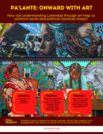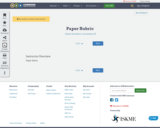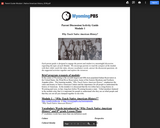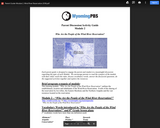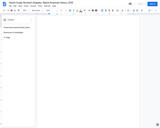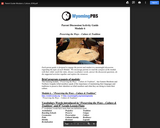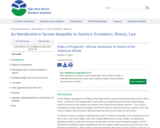
PBS Learning Virtual Professional Learning Series is created for teachers—by teachers—to bring together content experts and educators from all backgrounds. With an emphasis on fun, engaging, accessible, and free tools for classrooms, these bite-sized opportunities are designed to connect educators with each other and PBS shows, themes, and content.
- Subject:
- Arts and Humanities
- Early Childhood Development
- Education
- Ethnic Studies
- Material Type:
- Teaching/Learning Strategy
- Author:
- Barbara Soots
- Date Added:
- 07/29/2020
